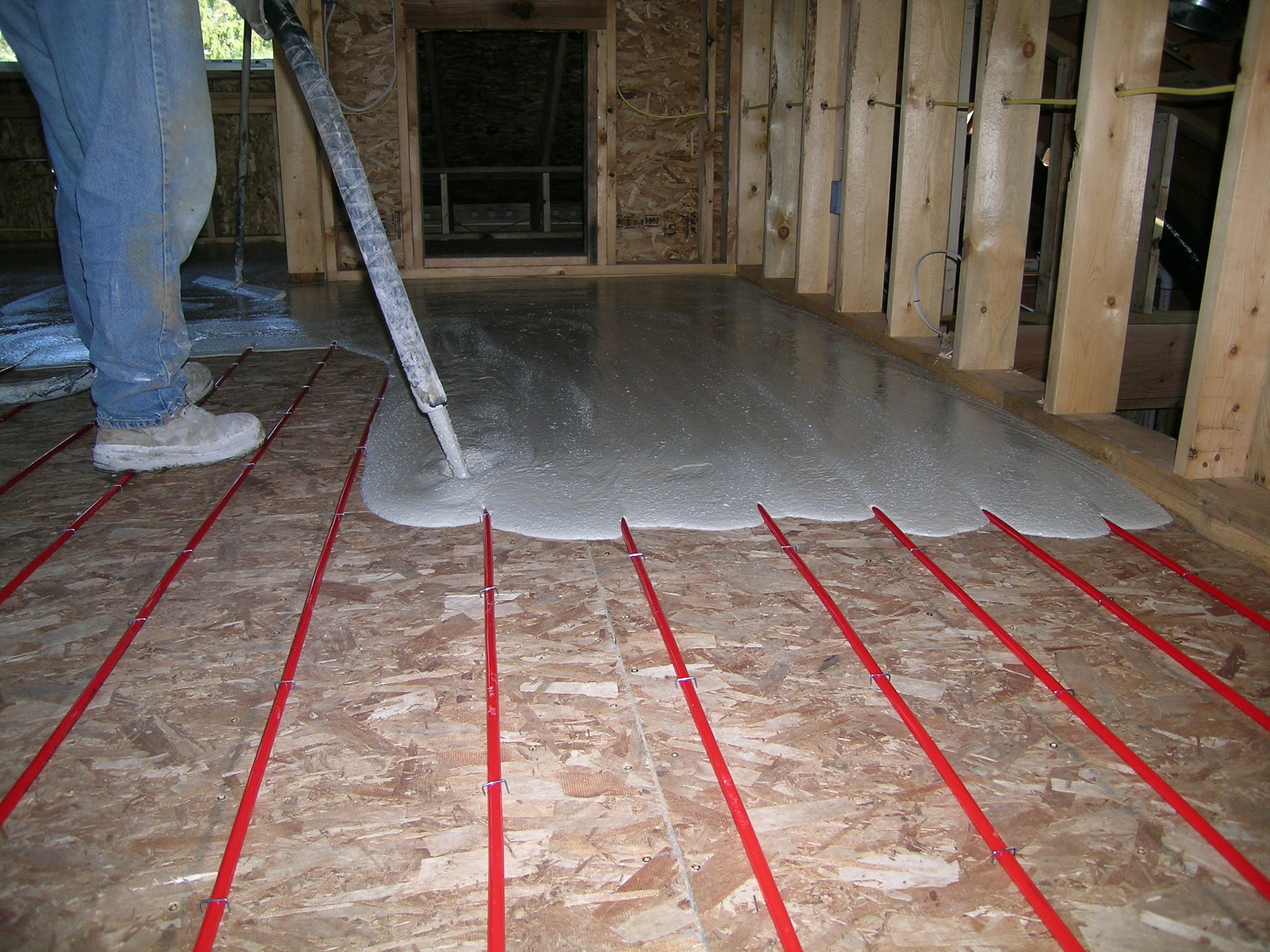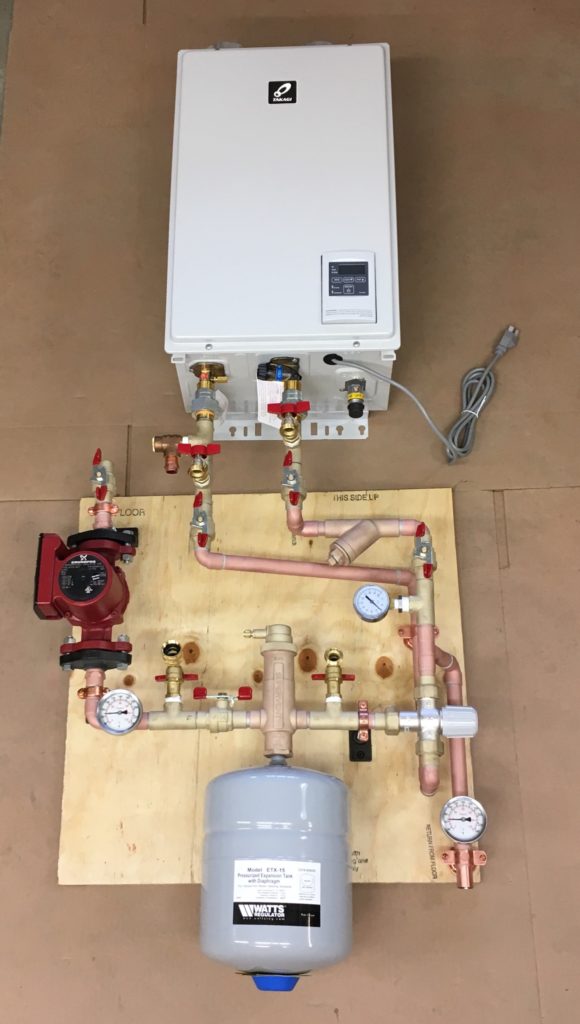
Both systems have pros and cons, and the best choice will depend on the specific needs and budget. Hydronic systems use hot water to heat the floors, while electric systems use electricity. Two types of radiant floor heating systems are: hydronic and electric.

Radiant floor heating can heat a single room (like a bathroom) as per needs.This can lead to lower energy bills and a more environmentally friendly heating system. As it heats the space from the ground up, it does not require as much energy to maintain a comfortable temperature. Radiant floor heating is more energy efficient.Radiant floor heating, on the other hand, warms the entire floor evenly, which can create a more comfortable environment. With conventional systems, the heat tends to rise to the ceiling, leaving some areas feeling cold. Radiant floor heating provides a more even heat distribution throughout the space.Radiant floor heating has several advantages over traditional forced-air heating systems. However, the system can be expensive to heat a whole house therefore, it is best suited for spot heating, like taking the chill off a stone countertop or tiled bathroom.
#Radiant floor heater system install#
Electric radiant floor heating is easier to install as a renovation project for existing homes and can be placed under any type of floor. A simple switch or smart home signal can activate the heating mechanism. The heat is then transferred to the floor and radiated upwards, warming the room. These cables or mats are connected to a thermostat and a power source and heat up when electricity flows through them. The cables are composed of nickel and chromium alloy, then encased in a moisture-resistant polymer. Electric radiant floor heatingĮlectric radiant floor heating systems use electric cables or mats installed under the floor (Figure 3). Hydronic radiant floor heating systems cost more to install, but they can be more energy-efficient once the system starts operating. The system is also complicated to install compared to an electric radiant floor heater. However, hydronic heating requires routine maintenance on the boiler, like any system with a connected utility unit.

Also, some houses already have a boiler for other heating needs so that the radiant heating system can be tapped into the boiler. The boiler system for hydronic radiant floor heating can heat multiple rooms and surfaces and hence is favorable while constructing new buildings. This radiator system involves heating the water from a boiler system and circulating it through loops of polyethylene tubing. Hydronic floor heating uses tubes of heated water that run in curving lines below the floor. There are two main types of radiant floor heating: hydronic and electric. The heat is then radiated upwards, warming the objects and surfaces in the room.

It works by circulating hot water through pipes or electric heating cables installed under the floor. Radiant floor heating is a heating system that warms the floor of a room or building from below.


 0 kommentar(er)
0 kommentar(er)
